Creating a journal-worthy manuscript remains an advanced process delivering significant academic rewards. The ethical requirement together with academic integrity necessitates that all text remains free from plagiarism. Multiple tested approaches exist to create journal publication materials that lack plagiarism content.
1. Understand the Concept of Plagiarism
Review plagiarism definitions before starting manuscript writing. Electronic text duplication from sources requires proper citation standards. Authors should avoid close alignment of their wording to the original text material. Writer failure to recognize sources when adopting other authors' information. The practice of self-plagiarism occurs when authors resuscitate components from their past academic writing. Academic integrity together with ethical compliance demands that we establish full plagiarism absence in the manuscript. To create a journal-ready manuscript free from plagiarism you can use the following tested strategies.
2. Conduct Thorough Research
A detailed study showcases both originality together with in-depth investigation. Write down information attentively by using different formats to differentiate direct text citations from restated concepts together with your Research Personal thoughts. Future research requires identification of present knowledge gaps to generate unique contributions. But rewarding task. Ensuring that it is free-plagiarism is not only ethical provision but also a crucial aspect of maintaining academic integrity. Here are some strategies to craft a journal-ready manuscript with zero plagiarism.
3. Use Proper Citation Styles
Always follow the exact citation requirements which the targeted journal specifies between APA, MLA, Chicago and IEEE format. You must credit all original authors of the work. Include a complete list of citations together with their essential details in your references section. The processes become more efficient by employing citation management tools such as Zotero and EndNote and Mendeley. Using that it is plagiarism-free is not only an ethical requirement but also a crucial aspect of maintaining academic integrity. Here are some proven strategies to craft a journal-ready manuscript with zero plagiarism.
4. Develop Your Unique Voice
Your manuscript needs to present original analysis together with synthesis and interpretation from your perspective. To keep the original meaning you should transform specialist language into your own words while condensing ideas to a simpler format. Your manuscript achieves unique insights through information collection from multiple sources. Emphasize your unique insights or research results to demonstrate originality.ng but rewarding task. Ensuring that it is plagiarism-free is not only an ethical requirement but also a crucial aspect of maintaining academic integrity. Here are some proven strategies to craft a journal-ready manuscript with zero plagiarism.
5. Incorporate Plagiarism-Checking Tools
Science Alert Plagiarism-checking tools will indicate through highlighting when content matches other sources or shows poor paraphrasing. Recommended originality-improving strategies form part of the solutions offered by these tools. Vanced plagiarism detection tools like Turnitin, Grammarly, or Quetext to ensure your manuscript is original.
• Highlight matching text or poorly paraphrased sections.
• Provide suggestions for improving originality.
Services based on plagiarism-checking tools cannot replace the need for manual verification when done in combination.
6. Master Paraphrasing and Quoting
Your writing mission depends on how well you transform information in ways that prevent plagiarism.A full understanding of the original text requires complete thorough examination.When restating the text normalize verbalization and use your original writing style without copying the original sentence formation.Insert direct quotations while also including precise documentation sources through quotation marks.The number of direct quotes in your writing should stay limited to only critical statements while you keep your voice prominent.ism detection tools like Turnitin, Grammarly, or Quetext to ensure your manuscript is original. These tools can:
• Highlight matching text or poorly paraphrased sections.• Provide suggestions for improving originality.
• However, don’t rely solely on these tools manual cross-checking is equally important.
7. Keep a Writing Log
Keep track of all research materials through an organized record system which includes books books and journal articles and websites.You need specific details for citations along with references.ls
By the use of advanced plagiarism detection tools like Turnitin, Grammarly, or Quetext to ensure your manuscript is original.
• Highlight matching text or poorly paraphrased sections.
• Provide suggestions for improving originality.
However, don’t rely solely on these tools manual cross-checking is equally important.
8. Collaborate Ethically
You must clearly show how every co-author added value to the work. All authors must accept the published content before final submission. Identify and resolve the connections with earlier publications presented through the work.
• Clearly define contributions from each author.
• Ensure that all authors agree on the content before submission.
• Discuss and address any overlap with previous works.
9. Proofread and Revise Thoroughly
Proofreading methods detect unintended plagiarism which results from both flawed citations and excessive source usage. The manuscript must receive complete evaluation for correct citation formatting. All sources mentioned in the paper must appear in the references section of the work. To get professional guidance about the work individuals can ask their peers or mentors for feedback. The original data in your work must be accompanied by appropriate citations for all external source material. A statement of previous data usage accompanies each publication as authors receive approved journal consent. Contributions from each author.
• Ensure that all authors agree on the content before submission.
• Discuss and address any overlap with previous works.
10. Submit Original Data and Results
If your manuscript includes experimental data, ensure that:
• The data is your original work or properly credited if borrowed.
• Any reuse of previous data is explicitly stated and approved by the journal.
Conclusion
Creating a journal submission manuscript while maintaining complete plagiarism integrity requires intensified focus together with proper research ethics and precise documentation methods. Effective manuscript creation requires a full comprehension of what plagiarism means alongside appropriate citation mastery combined with voice development and tool usage. Your original content increases both the worth of your work while protecting academic research from ethical violations. Your ability to contribute authentic value to your field grows when you put these strategies into practice.
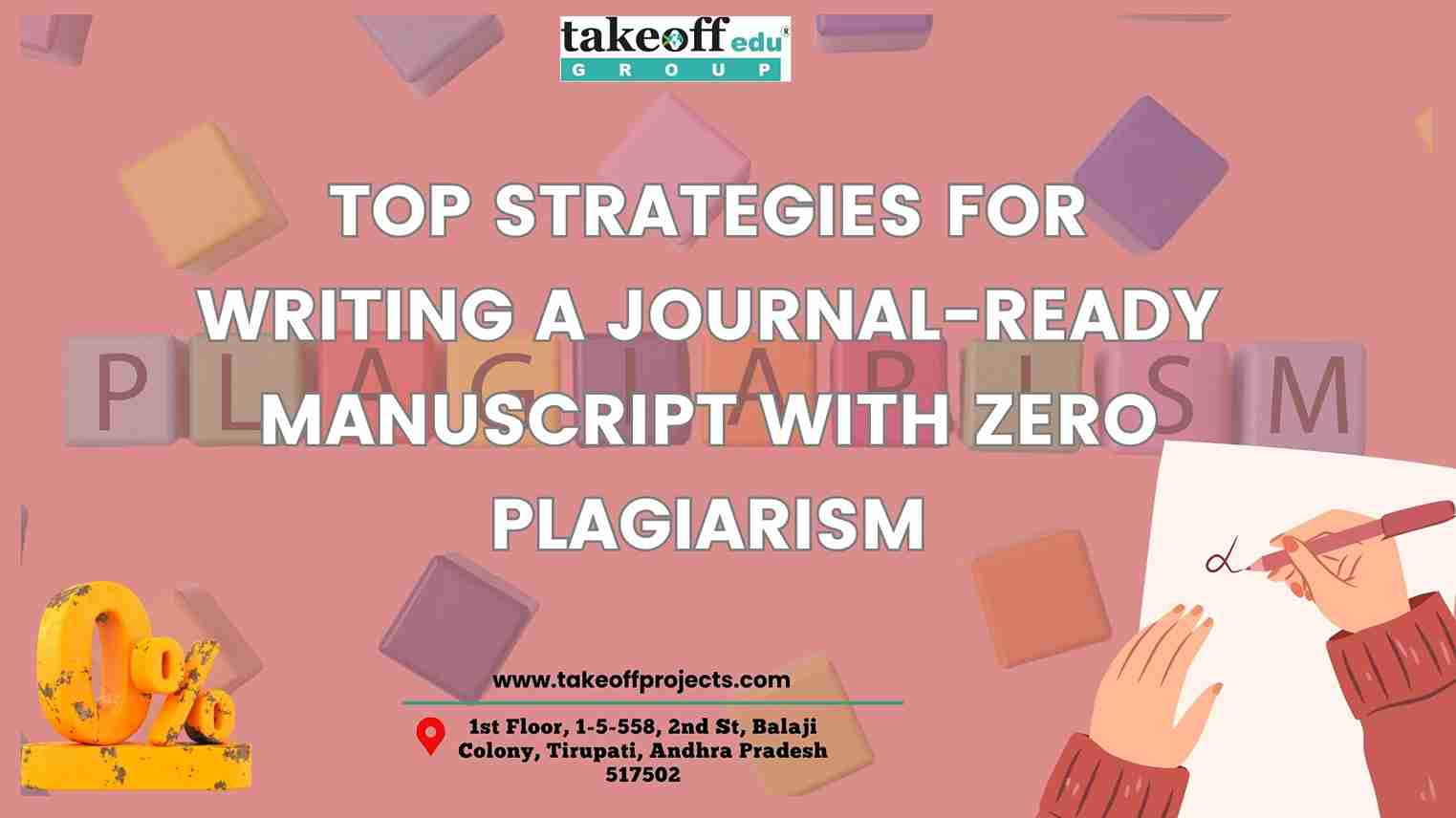
 PhD in Electrical Engineering: Research & Writing Support
PhD in Electrical Engineering: Research & Writing Support 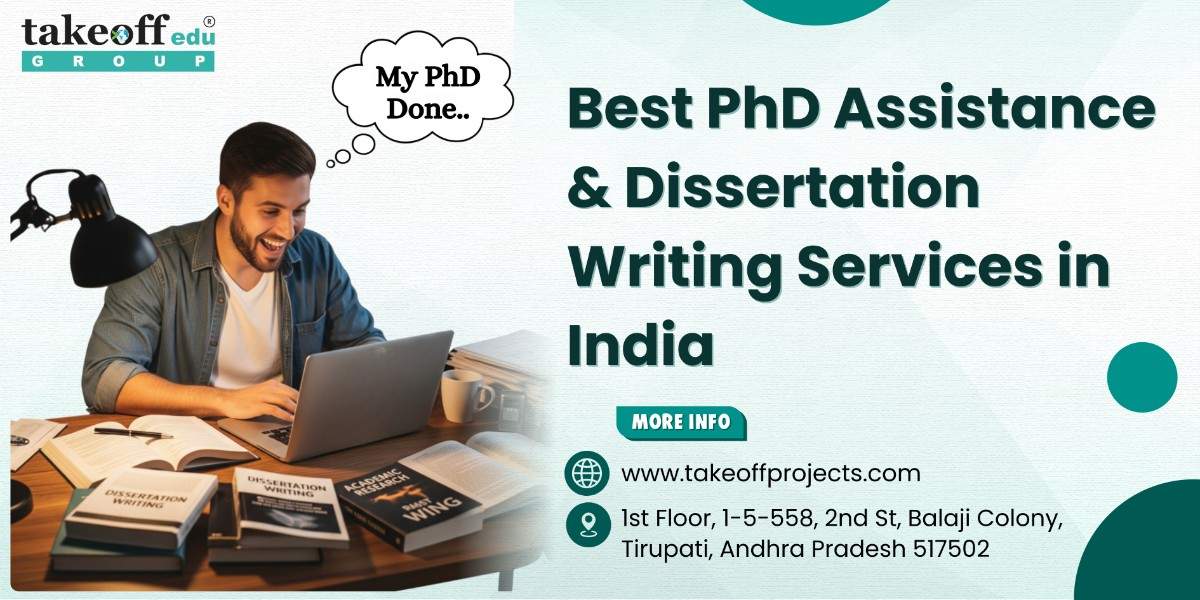 Which are the Best PhD Assistance and Dissertation Writing Services in India?
Which are the Best PhD Assistance and Dissertation Writing Services in India?  How to Choose a PhD Research Domain: EEE, ECE, or CSE?
How to Choose a PhD Research Domain: EEE, ECE, or CSE? 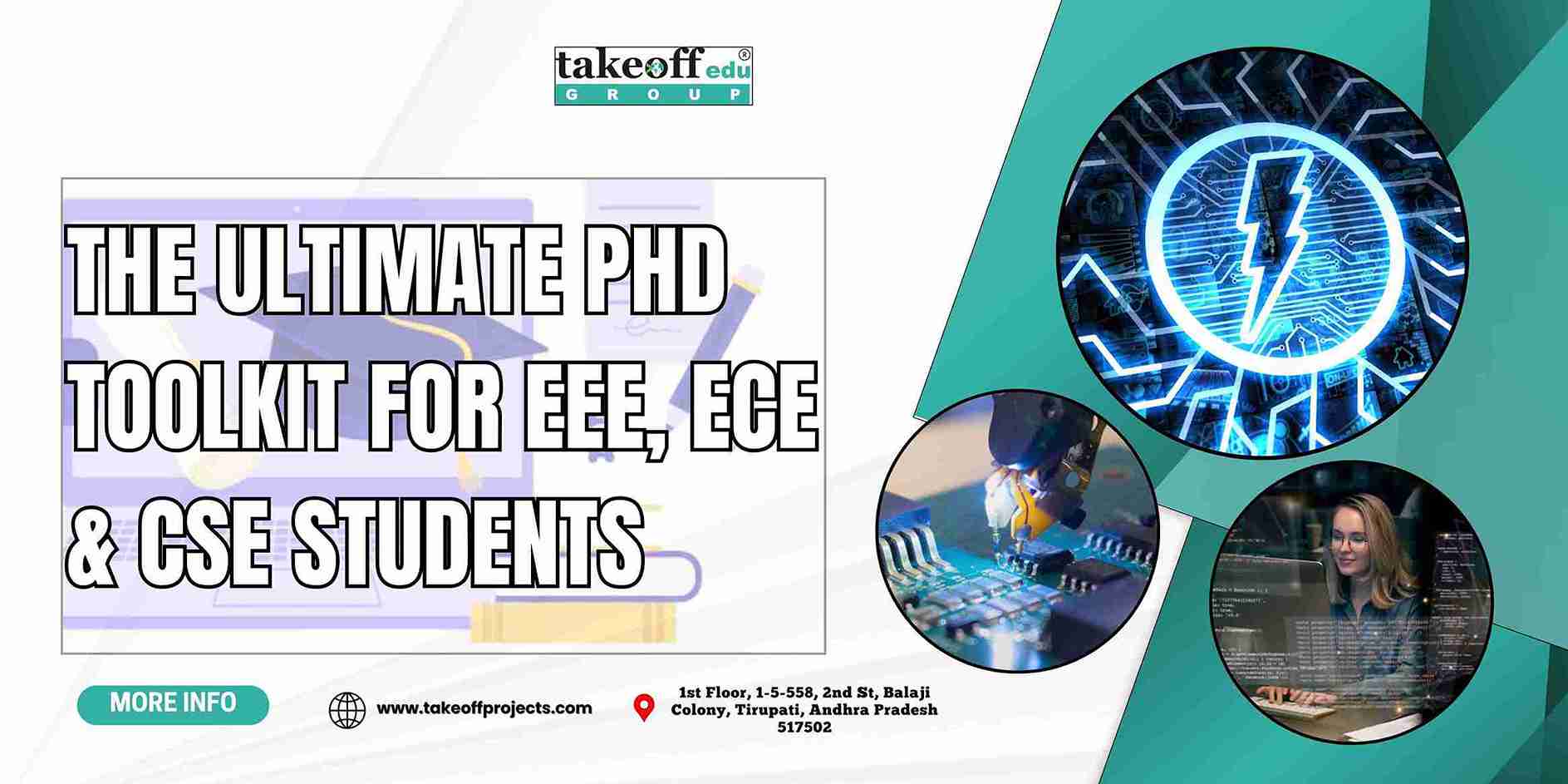 The Ultimate PhD Toolkit for EEE, ECE and CSE Students
The Ultimate PhD Toolkit for EEE, ECE and CSE Students 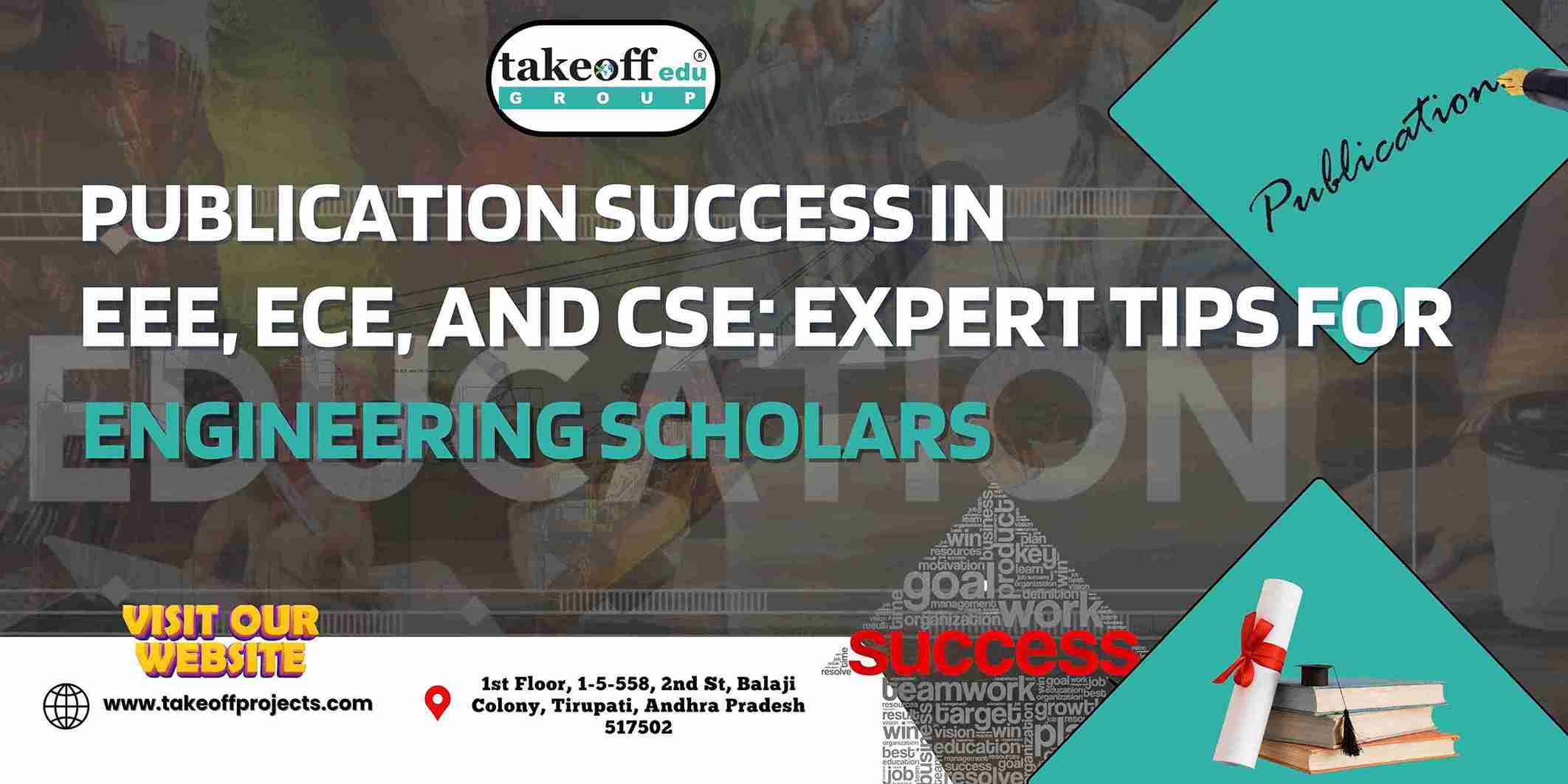 Publication Success in EEE, ECE, and CSE: Expert Tips for Engineering Scholars
Publication Success in EEE, ECE, and CSE: Expert Tips for Engineering Scholars 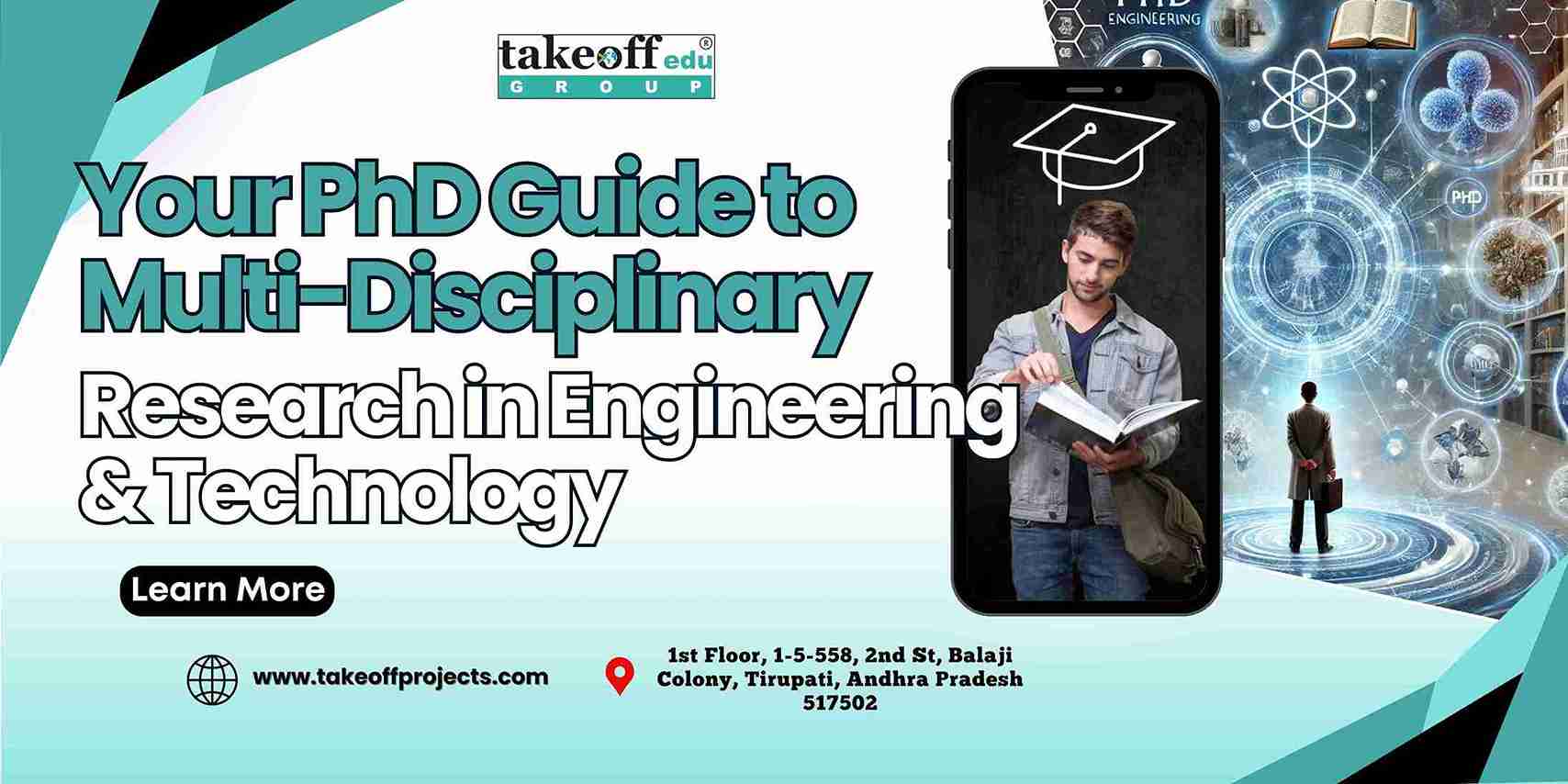 Your PhD Guide to Multi-Disciplinary Research in Engineering and Technology
Your PhD Guide to Multi-Disciplinary Research in Engineering and Technology  Top PhD Topics across EEE, ECE, and CSE: Bridging Innovation and Impact
Top PhD Topics across EEE, ECE, and CSE: Bridging Innovation and Impact  Top Embedded Systems Projects for Engineering Students
Top Embedded Systems Projects for Engineering Students  Crafting the Future of Tech: PhD Research Trends in Software Engineering
Crafting the Future of Tech: PhD Research Trends in Software Engineering  From Algorithms to Applications: Comprehensive PhD Support for CSE Students
From Algorithms to Applications: Comprehensive PhD Support for CSE Students  Cybersecurity and Blockchain: Pioneering Research Areas for PhD Scholars
Cybersecurity and Blockchain: Pioneering Research Areas for PhD Scholars 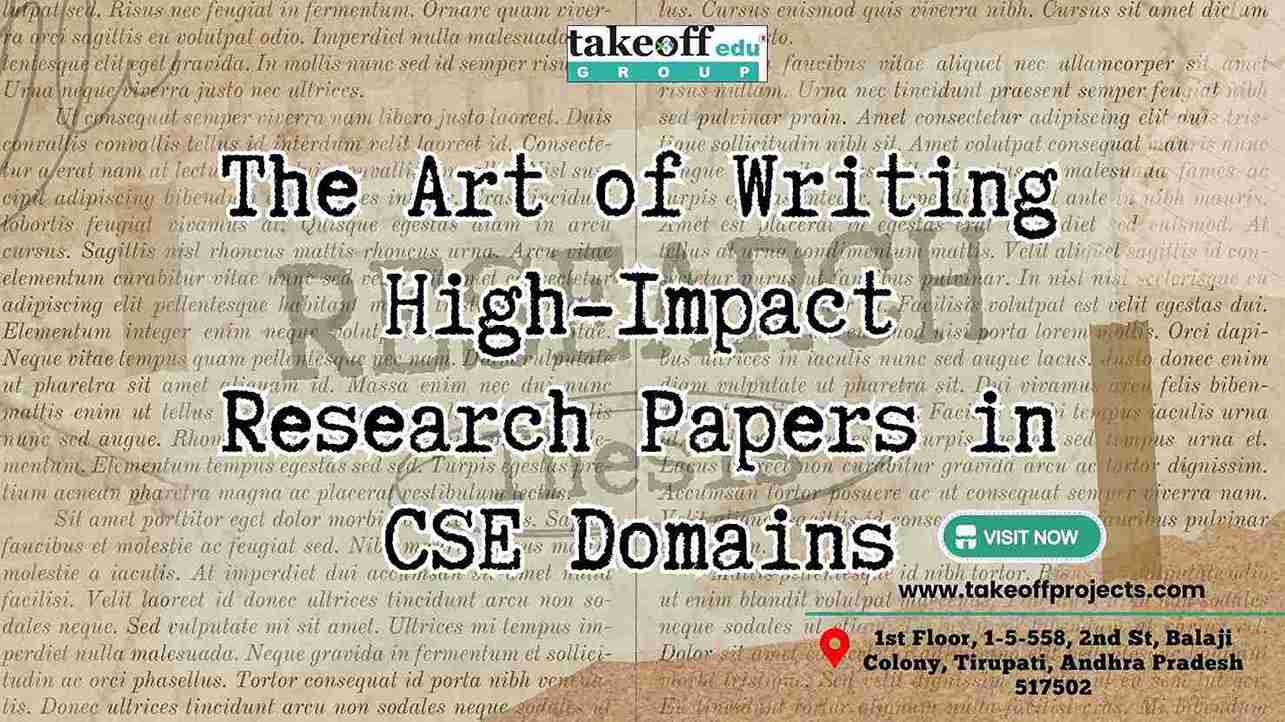 The Art of Writing High-Impact Research Papers in CSE Domains
The Art of Writing High-Impact Research Papers in CSE Domains  AI, ML, and Big Data: Emerging PhD Topics in CSE to Watch
AI, ML, and Big Data: Emerging PhD Topics in CSE to Watch  Top Research Trends in Electrical Drives for Aspiring PhD Scholars
Top Research Trends in Electrical Drives for Aspiring PhD Scholars  Transforming Ideas into Impact: Dissertation Help for EEE Scholars
Transforming Ideas into Impact: Dissertation Help for EEE Scholars 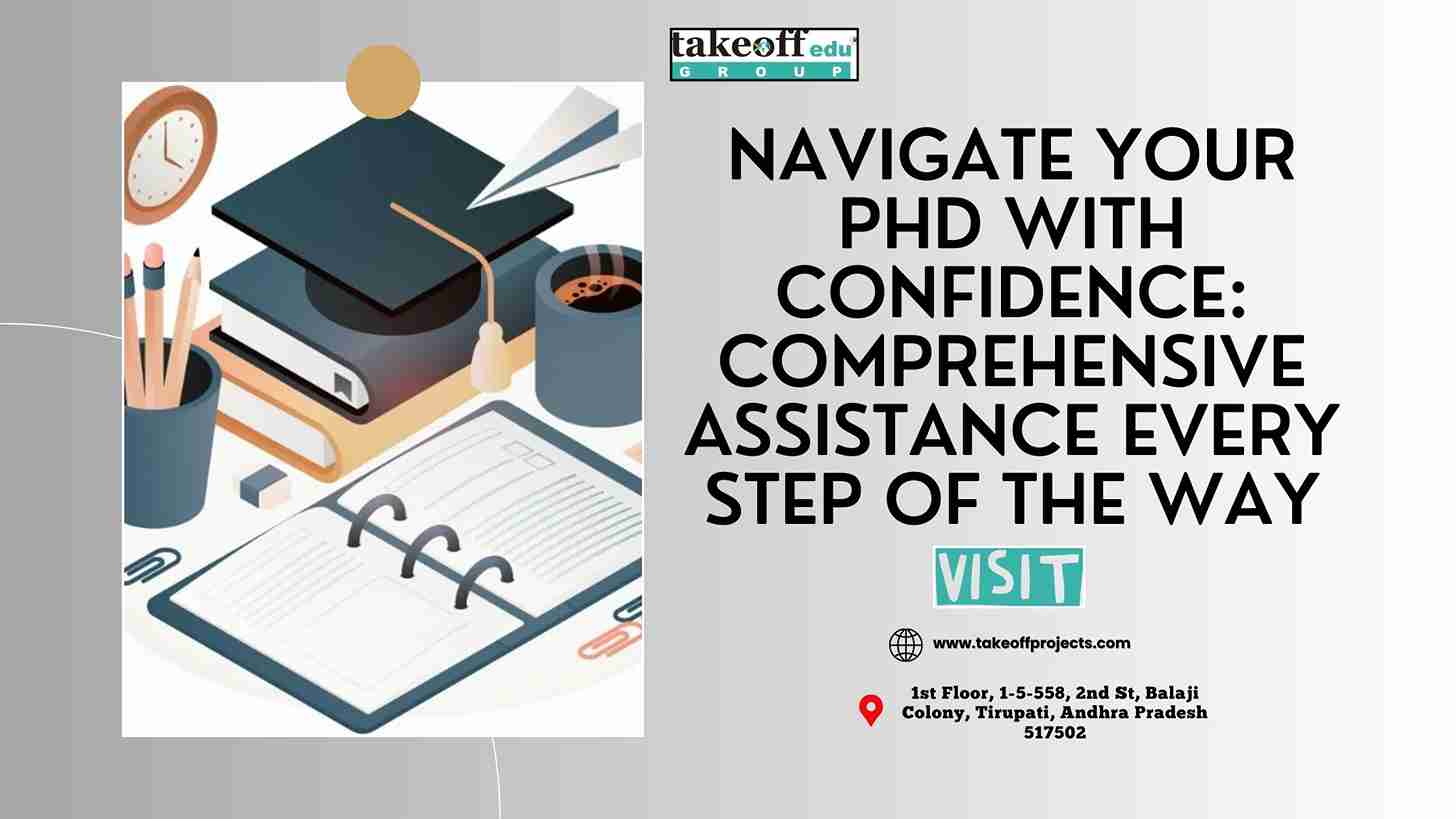 Navigate Your PhD with Confidence: Comprehensive Assistance Every Step of the Way
Navigate Your PhD with Confidence: Comprehensive Assistance Every Step of the Way  ECE Dissertation Success: Expert Tips for Writing and Publishing your Academic Success
ECE Dissertation Success: Expert Tips for Writing and Publishing your Academic Success 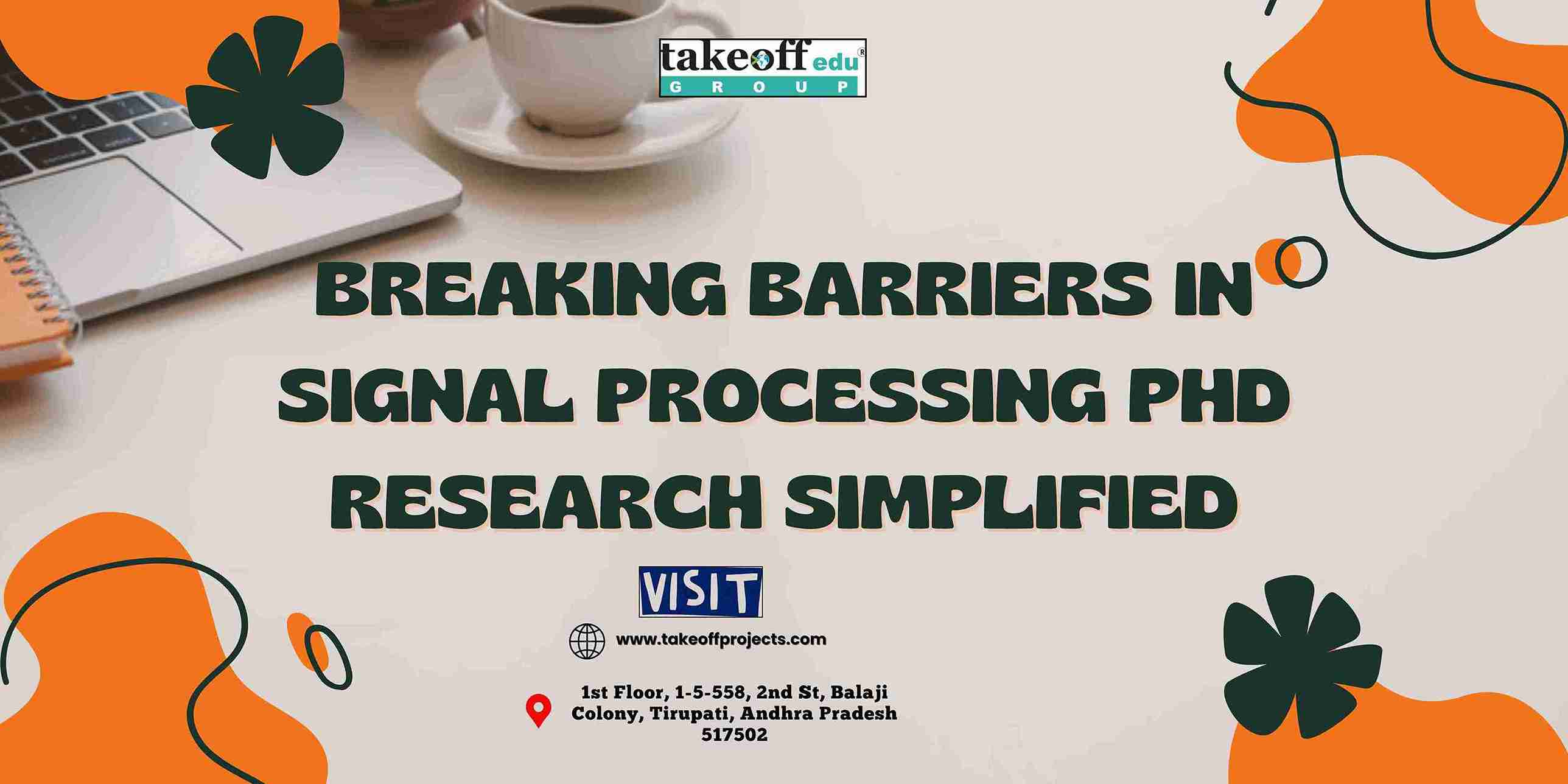 Breaking Barriers in Signal Processing: PhD Research Simplified
Breaking Barriers in Signal Processing: PhD Research Simplified  Building the Next-Gen Tech: A Guide to ECE Research and Publication
Building the Next-Gen Tech: A Guide to ECE Research and Publication  From Circuits to Control Systems: Navigating EEE Research with Expert Guidance
From Circuits to Control Systems: Navigating EEE Research with Expert Guidance  From Data to Discovery: Quantitative Analysis That Drives Results
From Data to Discovery: Quantitative Analysis That Drives Results  Future of IoT and Wireless Communication: Top PhD Opportunities in ECE
Future of IoT and Wireless Communication: Top PhD Opportunities in ECE  Top PhD Topics Energy Management in Power Electronics
Top PhD Topics Energy Management in Power Electronics  Exploring VLSI Design and Embedded Systems: Winning Research Topics for ECE Scholars
Exploring VLSI Design and Embedded Systems: Winning Research Topics for ECE Scholars  Expert-Approved Techniques for Crafting a Winning PhD Synopsis
Expert-Approved Techniques for Crafting a Winning PhD Synopsis 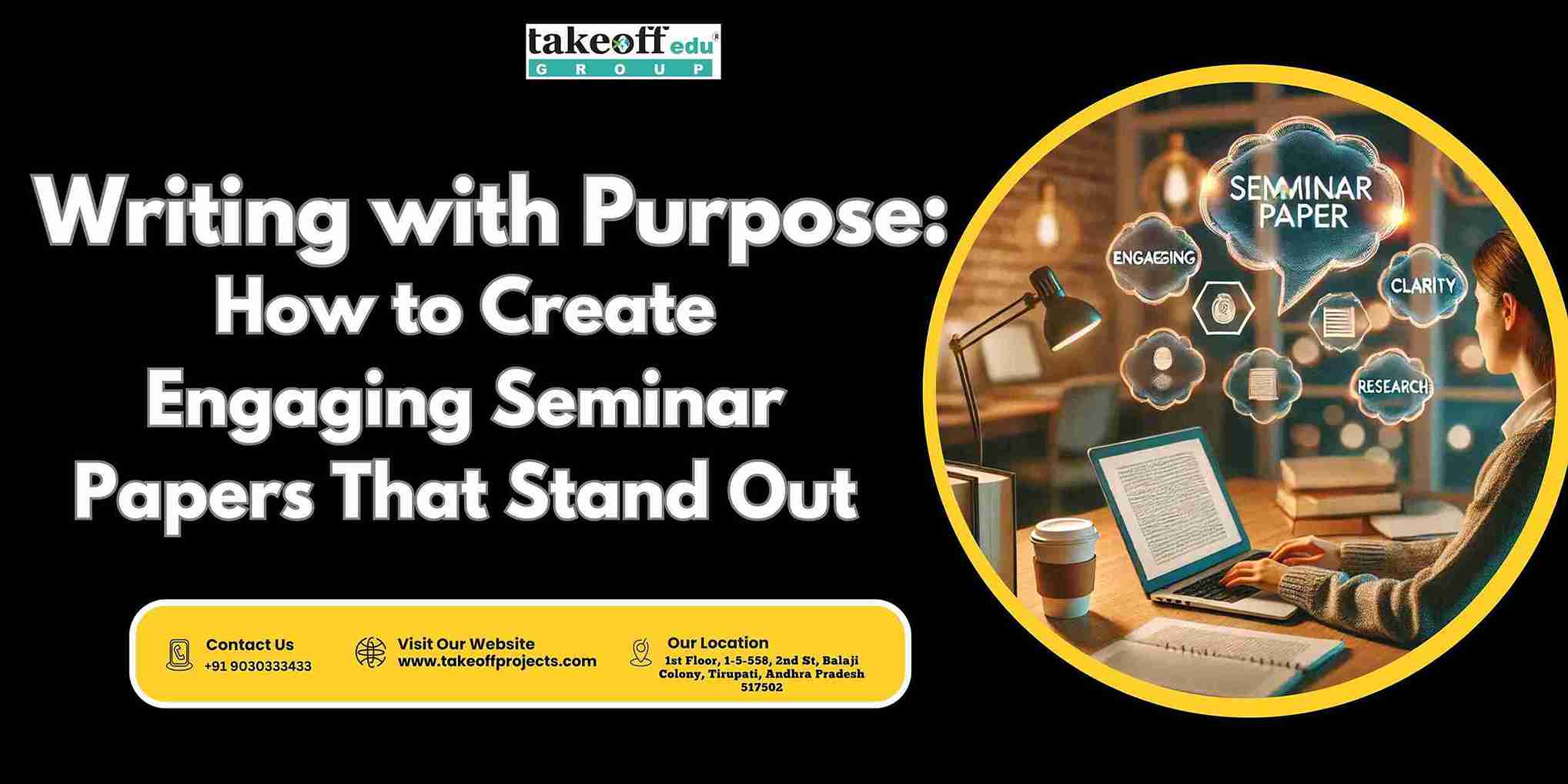 Writing with Purpose: How to Create Engaging Seminar Papers That Stand Out
Writing with Purpose: How to Create Engaging Seminar Papers That Stand Out 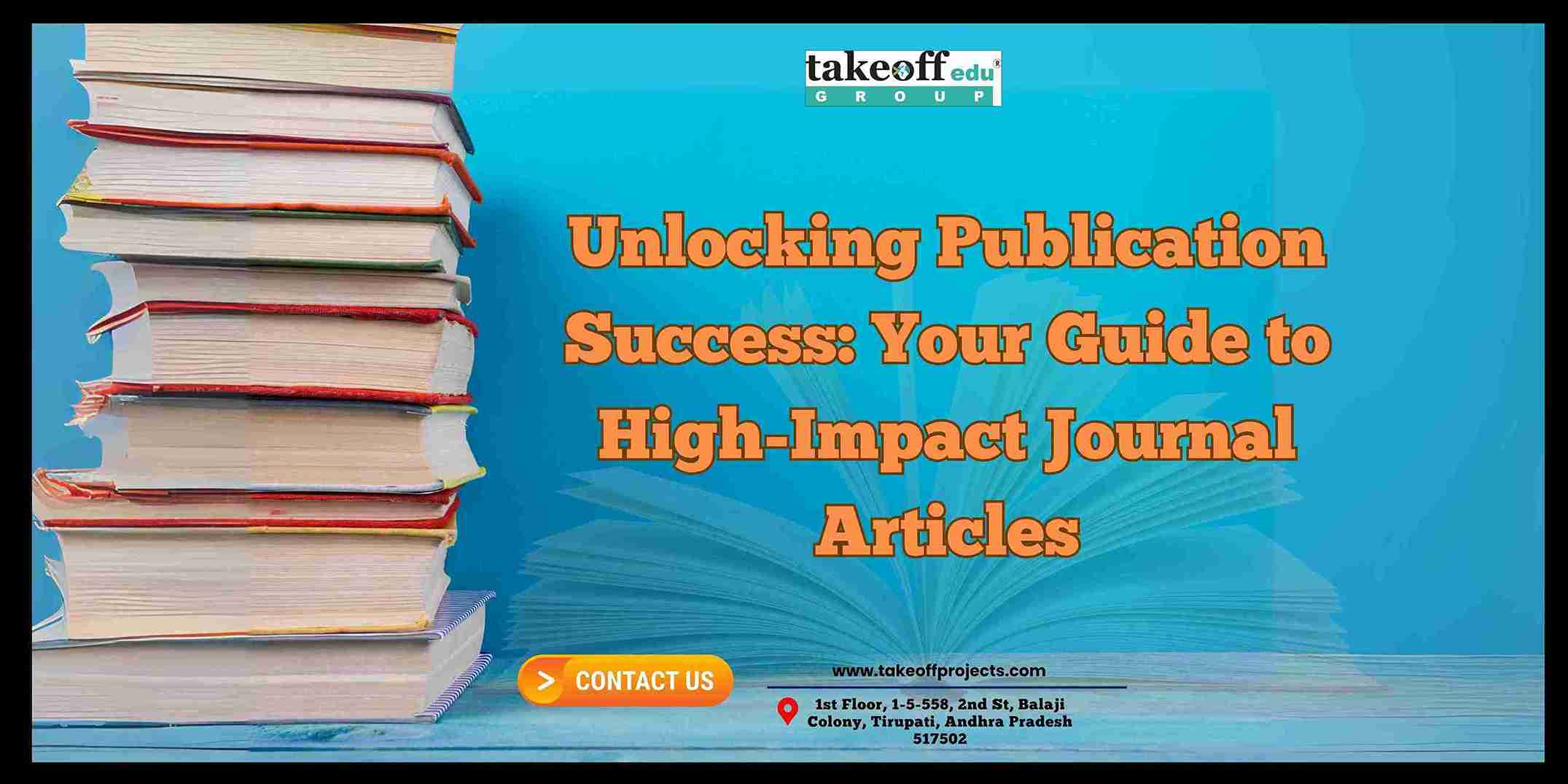 Unlocking Publication Success: Your Guide to High-Impact Journal Articles
Unlocking Publication Success: Your Guide to High-Impact Journal Articles  Mastering Energy Management: Top PhD Topics in Power Electronics
Mastering Energy Management: Top PhD Topics in Power Electronics  PhD Topic Selection Simplified: Choosing What Matters Most to You
PhD Topic Selection Simplified: Choosing What Matters Most to You 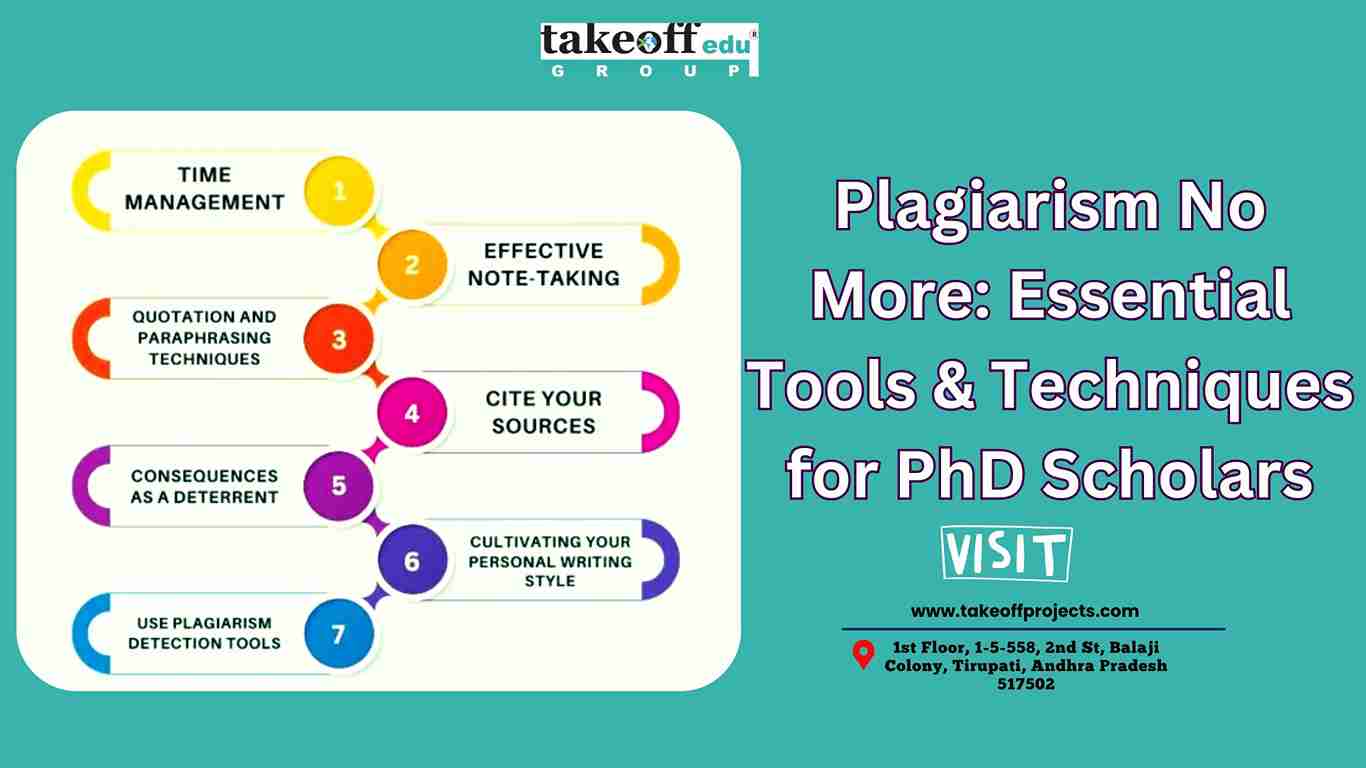 Plagiarism No More: Essential Tools and Techniques for PhD Scholars
Plagiarism No More: Essential Tools and Techniques for PhD Scholars 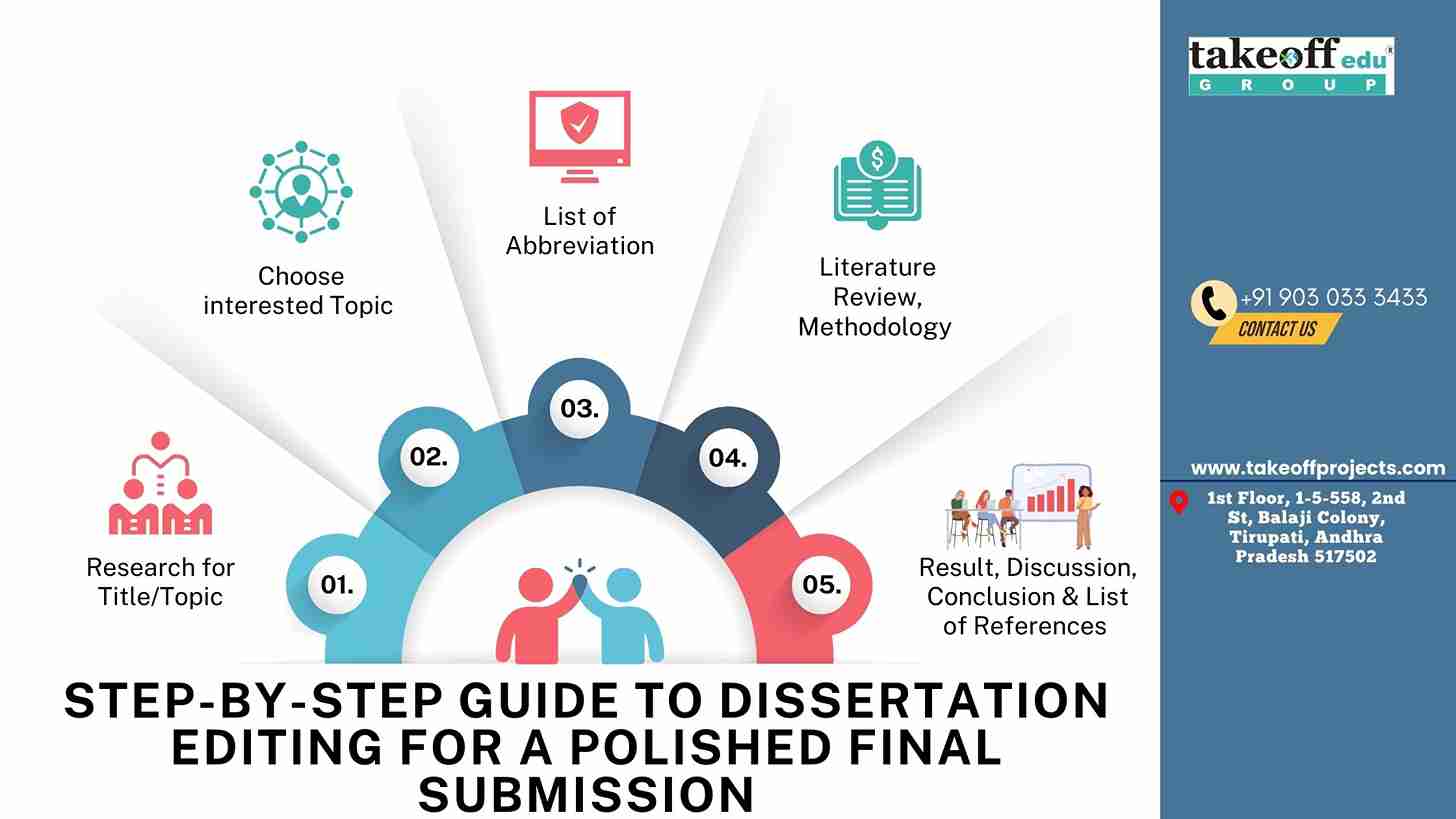 Step-by-Step Guide to Dissertation Editing for a Polished Final Submission
Step-by-Step Guide to Dissertation Editing for a Polished Final Submission 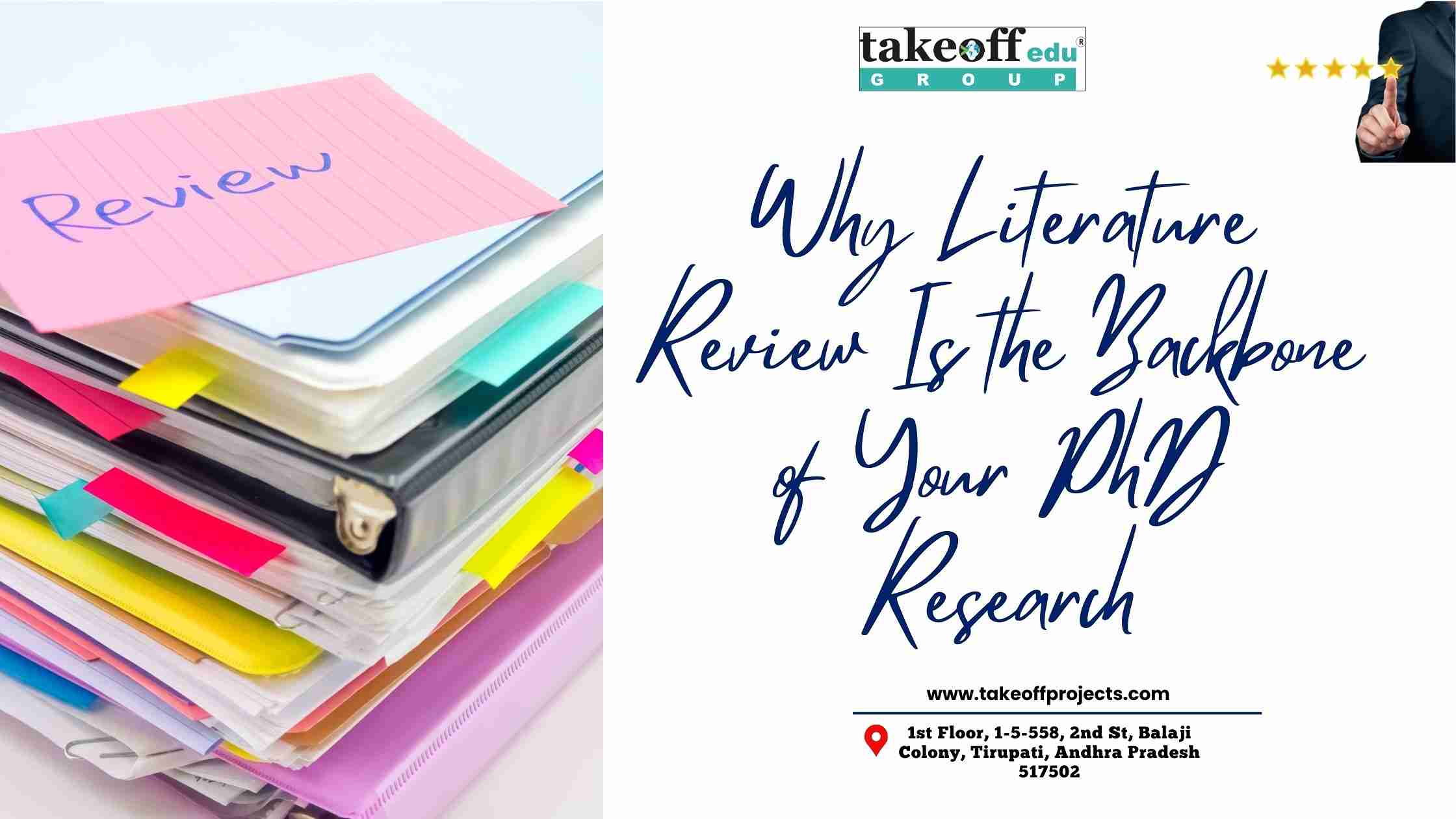 Why Literature Review Is the Backbone of Your PhD Research?
Why Literature Review Is the Backbone of Your PhD Research?  Accelerate Your Research: Software Implementation Made Easy for PhD Students
Accelerate Your Research: Software Implementation Made Easy for PhD Students 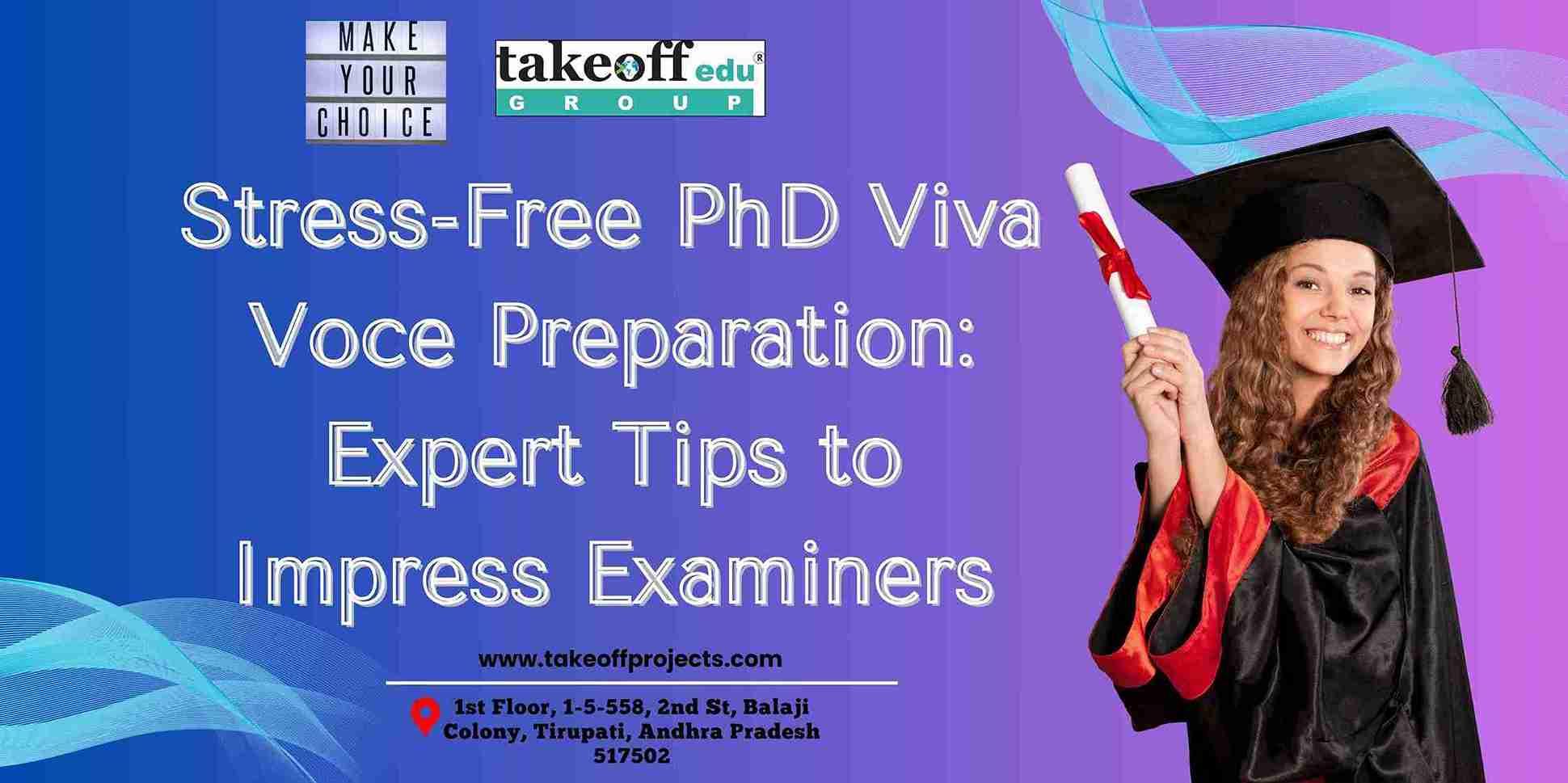 Stress-Free PhD Viva Voce Preparation: Expert Tips to Impress Examiners
Stress-Free PhD Viva Voce Preparation: Expert Tips to Impress Examiners  Transforming Data into Insights: Qualitative and Quantitative Analysis Explained
Transforming Data into Insights: Qualitative and Quantitative Analysis Explained 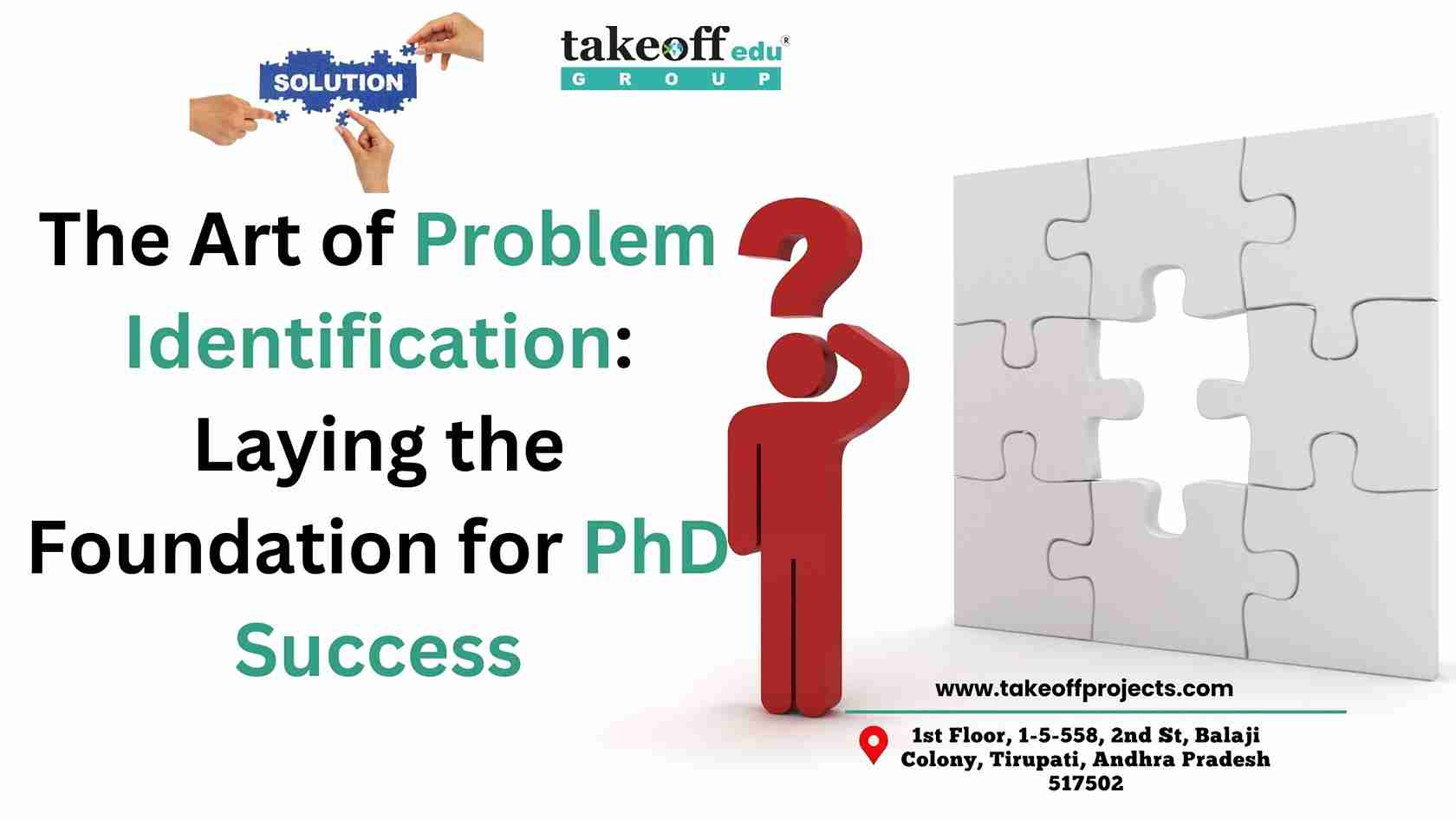 The Art of Problem Identification: Laying the Foundation for PhD Success
The Art of Problem Identification: Laying the Foundation for PhD Success 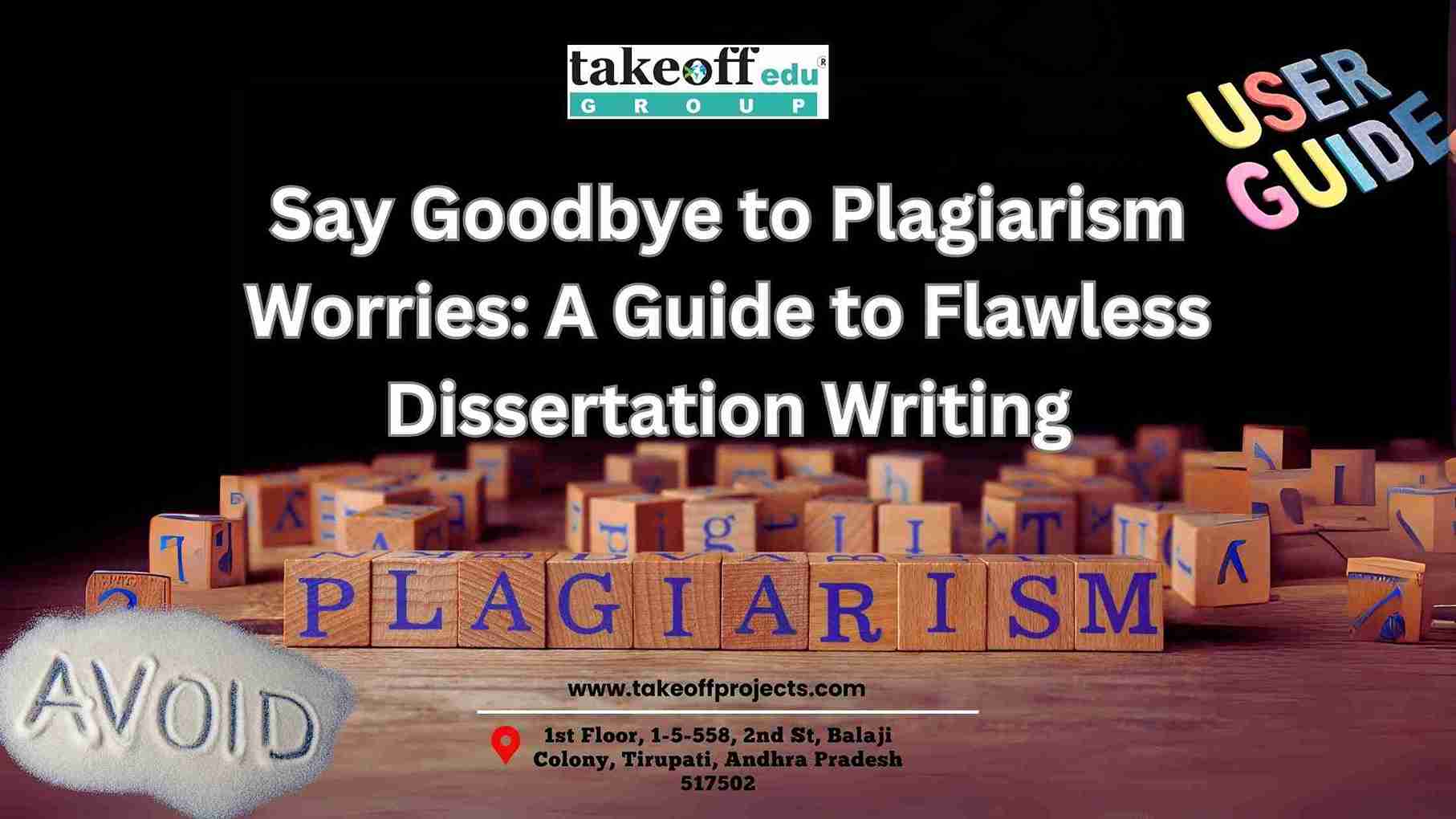 Say Goodbye to Plagiarism Worries: A Guide to Flawless Dissertation Writing
Say Goodbye to Plagiarism Worries: A Guide to Flawless Dissertation Writing  From Idea to Impact: Crafting High-Quality Conference and Seminar Papers
From Idea to Impact: Crafting High-Quality Conference and Seminar Papers 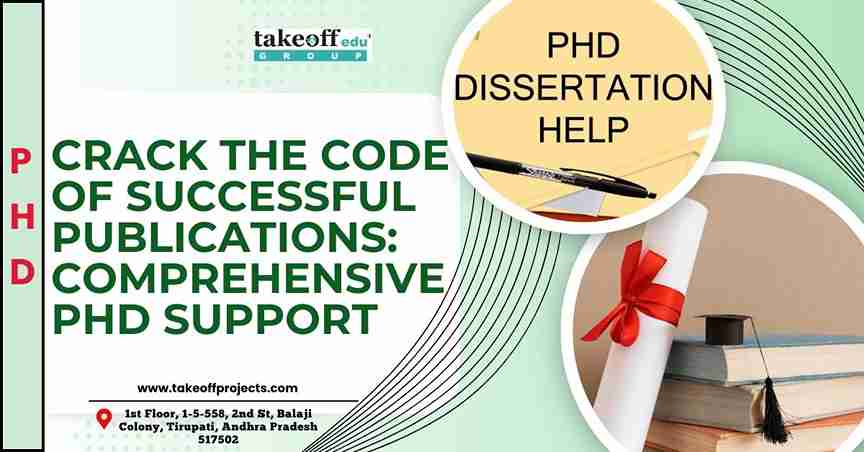 Crack the Code of Successful Publications: Comprehensive PhD Support
Crack the Code of Successful Publications: Comprehensive PhD Support  How to Nail Your PhD Research Proposal: Tips from the Pros
How to Nail Your PhD Research Proposal: Tips from the Pros  Understanding the Basics of Power Systems: A Comprehensive Guide
Understanding the Basics of Power Systems: A Comprehensive Guide 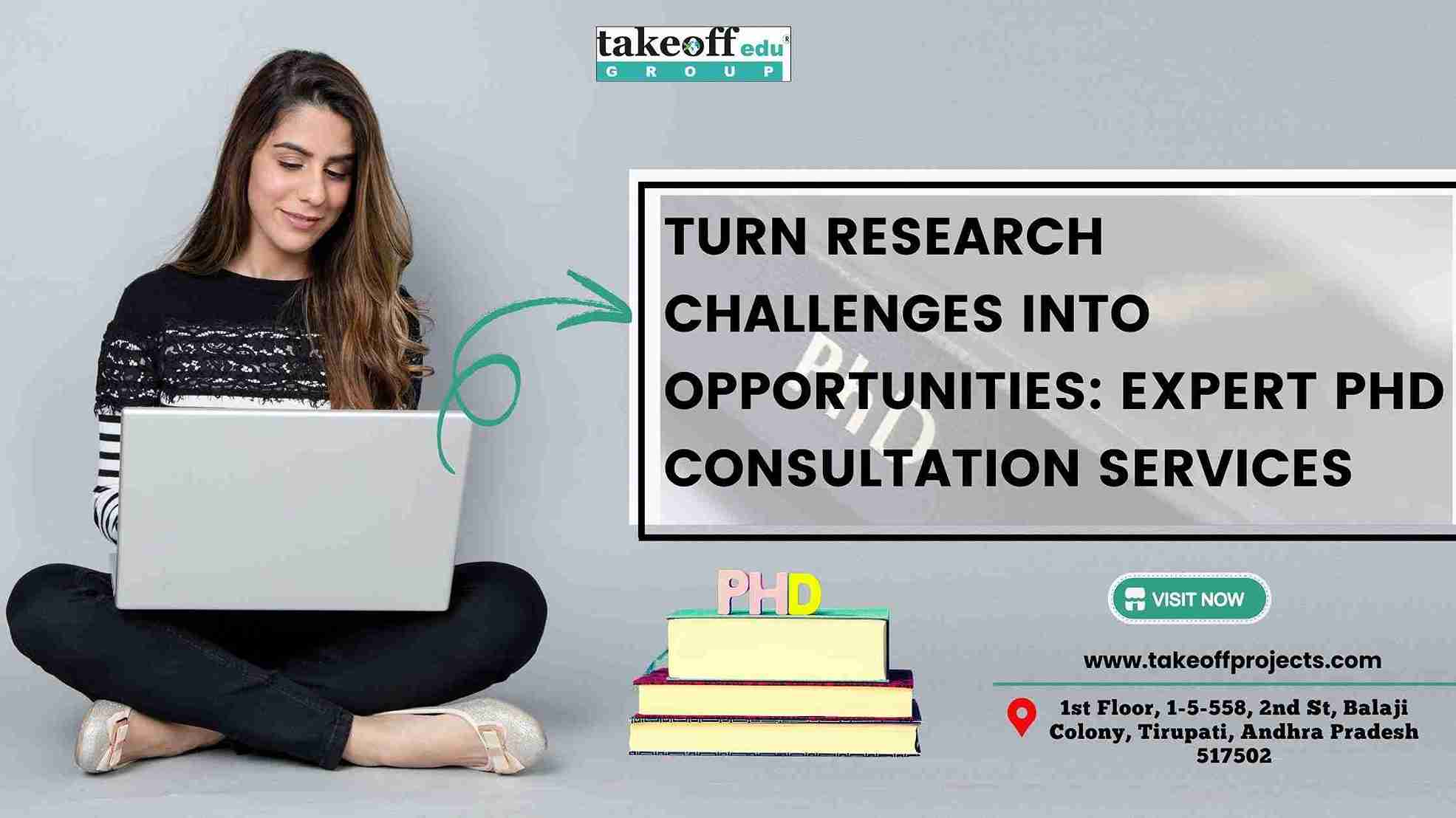 Turn Research Challenges into Opportunities: Expert PhD Consultation Services
Turn Research Challenges into Opportunities: Expert PhD Consultation Services 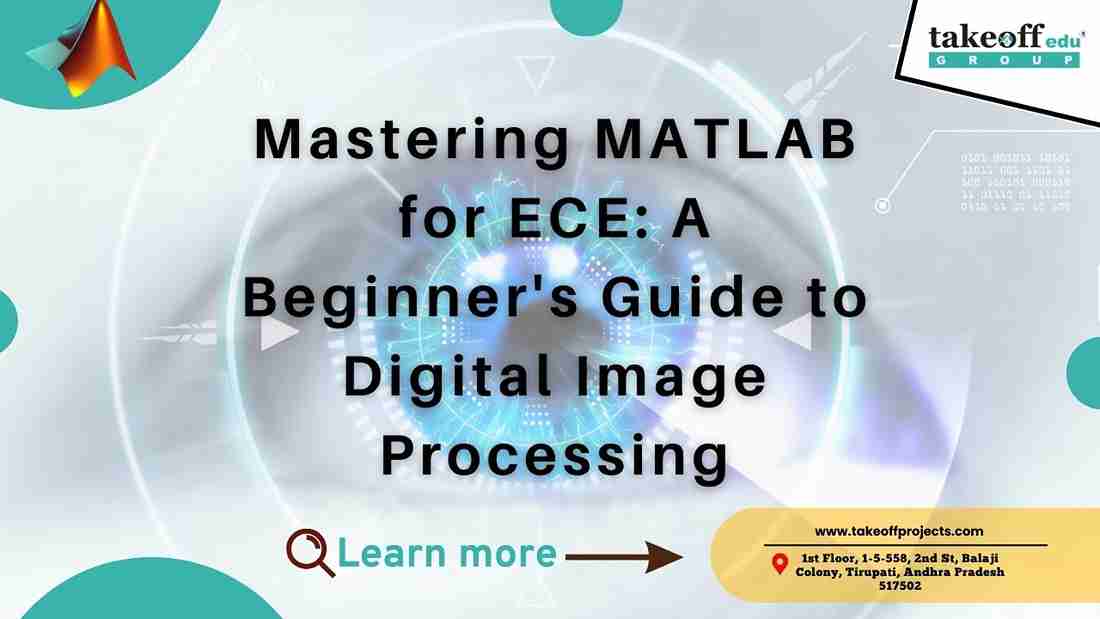 Mastering MATLAB for ECE: A Beginner's Guide to Digital Image Processing
Mastering MATLAB for ECE: A Beginner's Guide to Digital Image Processing 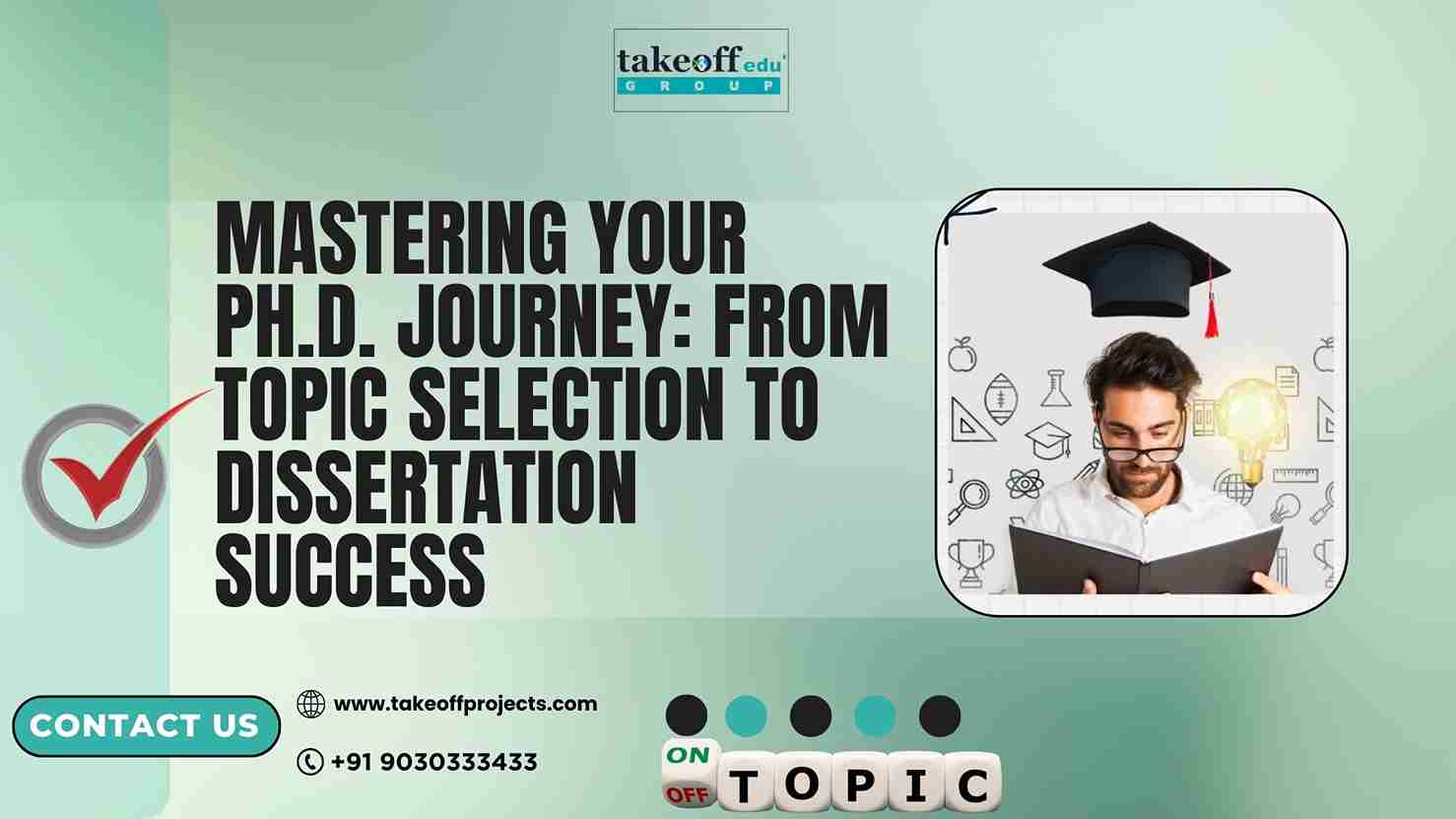 Mastering Your PhD Journey: From Topic Selection to Dissertation Success
Mastering Your PhD Journey: From Topic Selection to Dissertation Success 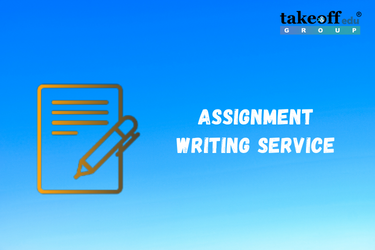 Assignment Writing Service
Assignment Writing Service 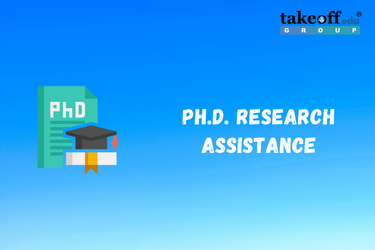 PhD Research Assistance
PhD Research Assistance 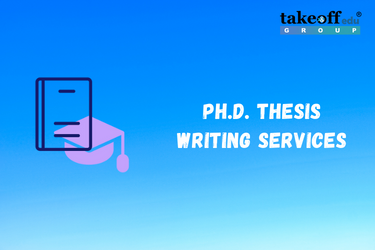 PhD Thesis Writing Services
PhD Thesis Writing Services 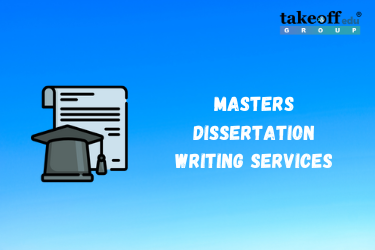 Masters Dissertation Writing
Masters Dissertation Writing 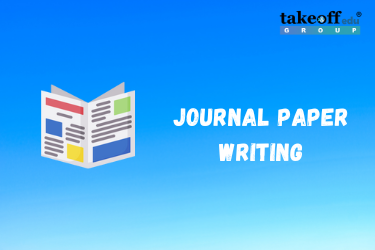 Journal Paper Writing
Journal Paper Writing 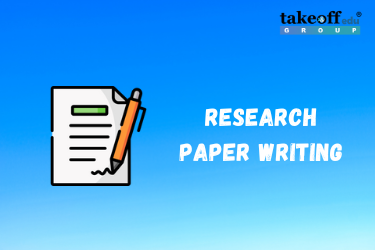 Research Paper Writing Services
Research Paper Writing Services 
 Paper Publishing
Paper Publishing


